August in Northeastern Zambia
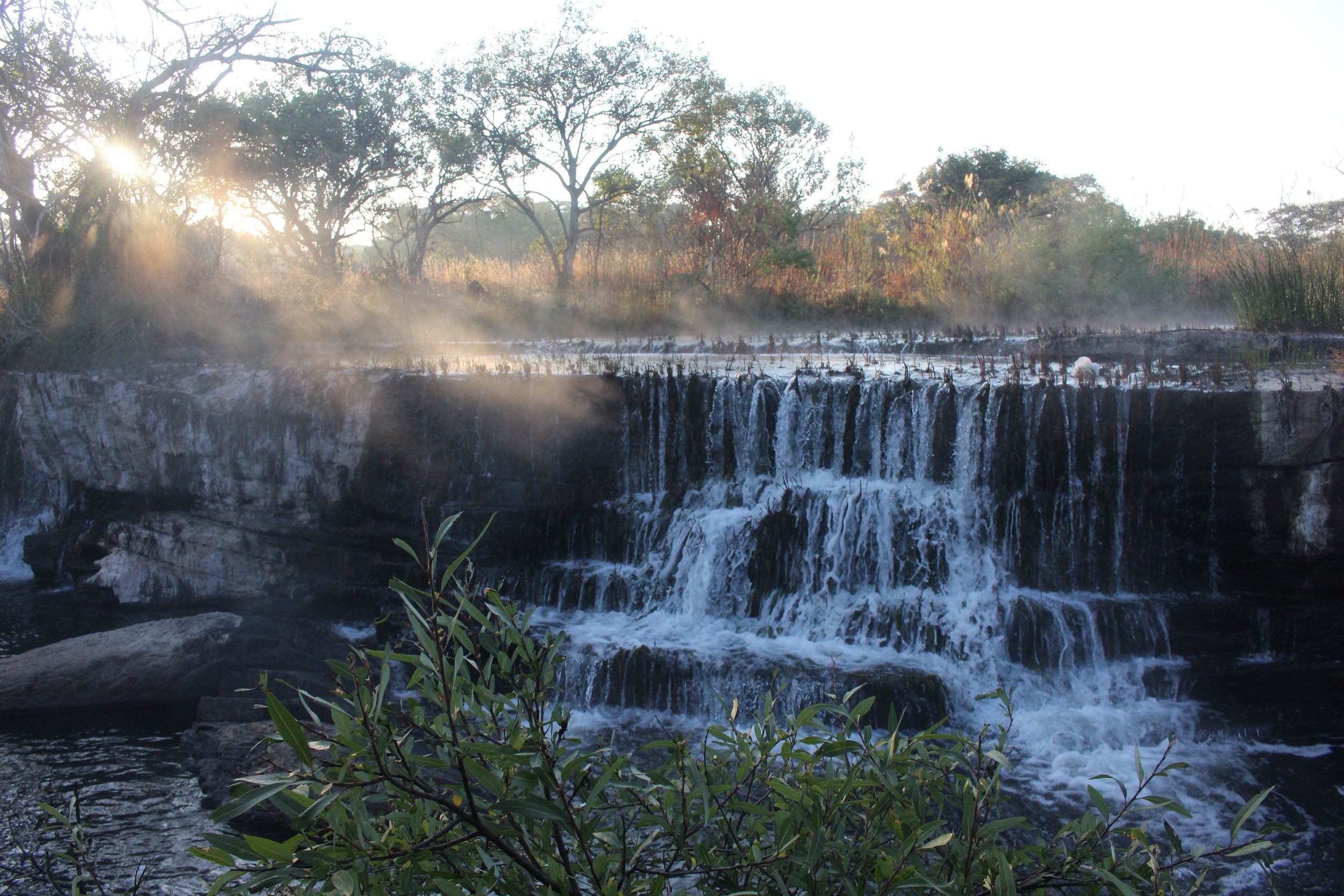









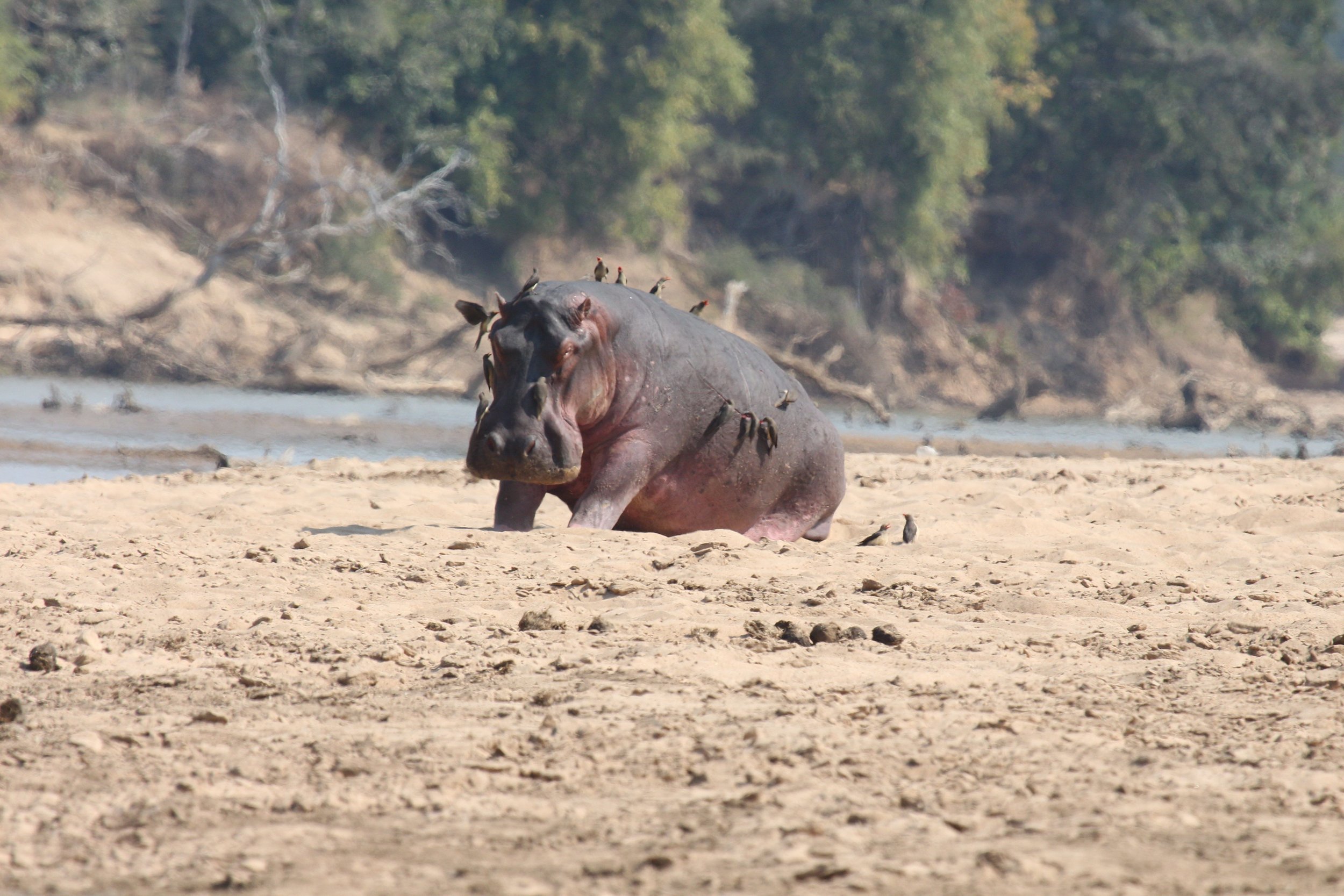




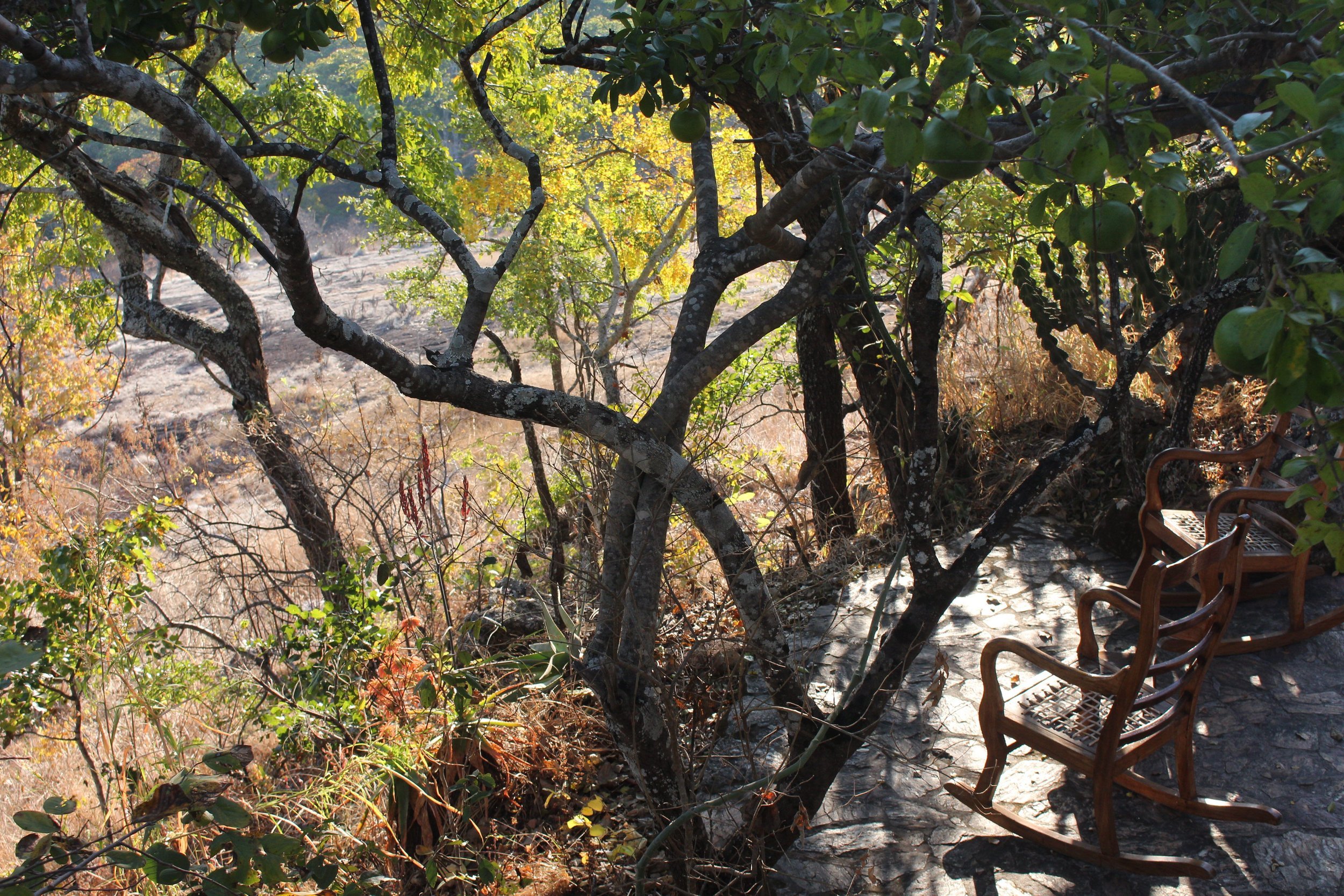

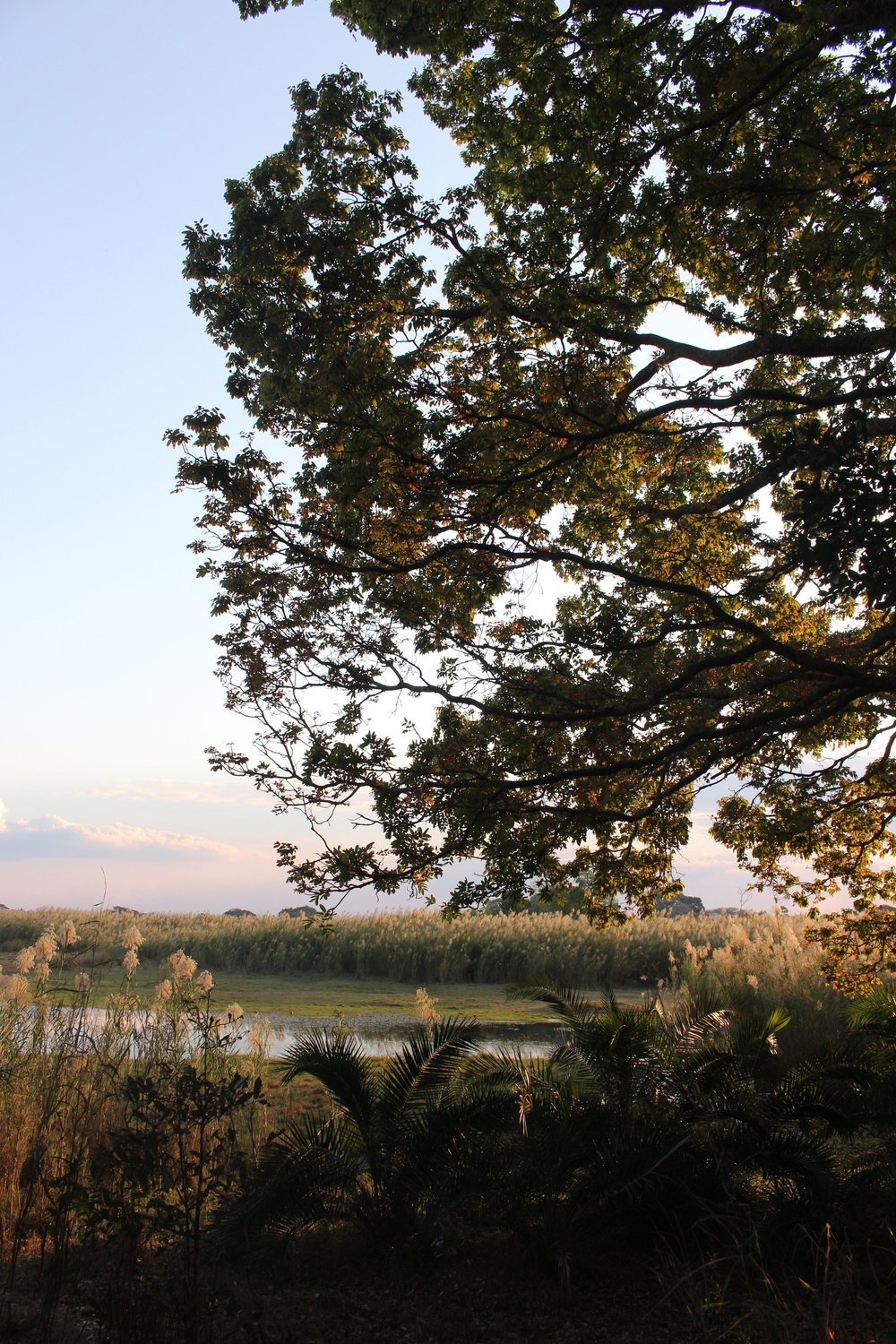
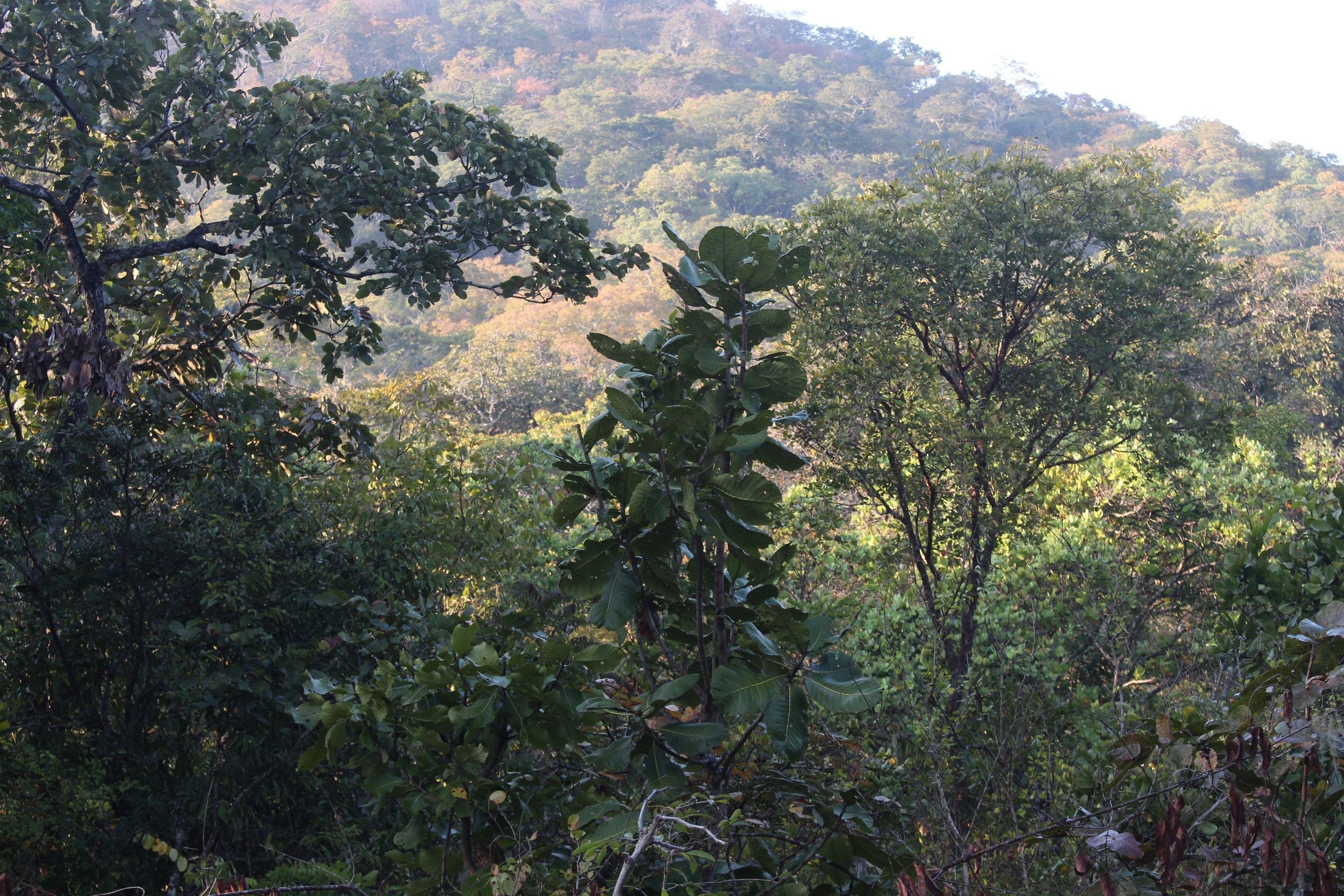

“BIRDING AND NATURE” TOUR
Summary
Guide: Leslie Reynolds
Dates: 31 July – 14 August
Duration: 14 nights
Tour type: Tailor-made, birding and general-interest
Group size: 3
August in Zambia brings fabulous travelling weather with bright blue skies and a steadily rising warmth to dispel the lingering touch of winter: the perfect time for a two-week meander through Zambia’s northeastern expanse, for some of the best birding and wildlife-watching in Africa. Have a read about our Northeastern Zambia Safari here
Introduction
August in Zambia brings fabulous travelling weather with bright blue skies and a steadily rising warmth to dispel the lingering touch of winter. It’s a thirsty time but the warming sun brings unmistakable promise and vitality to the bush: the inflow of summer migrants is already underway and there’s a buzz among the resident birds as well, many of which (sunbirds and woodpeckers?) are also kicking off their breeding cycle. It’s good mammal-watching time and Zambia’s northeast offers some of the best in the world, with the Luangwa Valley for sheer abundance of big cats, elephants, buffaloes and hippos and a blend of real Zambian specialities thrown in, like Bangweulu’s endemic black lechwe and the incredibly elusive Lord Derby’s anomalure (sometimes misnamed a flying squirrel). Spotted-necked and Cape clawless otters are regularly encountered on many of Zambia’s quieter rivers and lagoons. On this tour we took a relaxed ‘birding and nature’ road-trip going north out of Lusaka and turning right into the eastern half of the country, in the first two weeks of August.
Birding highlights included the endemic Zambian or Chaplin’s Barbet, a whole host of miombo woodland specials including the Bar-winged Weaver, Anchieta’s Sunbird, Bohm’s Flycatcher, Miombo Barbet and Bush (/Bushveld) Pipit; Lilian’s Lovebird in the Luangwa Valley, a few forest species like Laura’s Warbler and Purple-throated Cuckooshrike and Bangweulu Wetland rarities like the Katanga Masked Weaver.
*On this trip we didn’t go for the Shoebills in the Bangweulu Wetlands, as August is not the best time of year for them.
Day 1 Lusaka to Mkushi via Chisamba
Our guests on this customised safari were a trio from Australia: Tom, Glenda and Sue. We aimed for an early start out of Lusaka and were soon out among the farmlands and searching the fig trees for our first target and one of the biggest: Zambian (Chaplin’s) Barbet. We did not have long to wait before a bird pitched up at close range and proceeded to forage at ground level and on low vegetation, presenting us with excellent views. Two more followed and, as is their habit, joined the first in loud chorus before dispersing and eventually flying off. We continued nosing around the area and got close to a pair of Red-throated Twinspots, a male Orange-winged Pytilia, some Yellow-bellied Sunbirds and a Miombo Scrub-robin before having a picnic lunch and getting back on the Road. We reached our campsite in good time and had a relaxed evening before setting up for a very special after-dark activity: an encounter with a pair of Lord Derby’s Anomalures (‘flying squirrels’). As we waited at a discreet distance from their nest we had the bonus of several close fly-bys from a hunting African Wood-owl. With the curtain suitably raised, we began to notice slight movements at the mouth of the hole. A large, slightly rabbit-like face eventually emerged and peered out for several minutes before the first anomalure gathered its courage and scrabbled up a large branch into the leaves at the top of the nest-tree. There we could see its tail and body shifting slightly as it groomed itself and did all the pre-flight checks. Trusting to its mate’s scouting skills, the second anomalure followed a minute or so later, darting up into the leaves without so much as a glance in our direction. A brief wait while both made ready, then the breath-taking moment of transformation from a small furry, leaf-obscured lump to a large rectangular, soaring object that shot over our heads against the darkening sky.
Day 2 Mkushi to Mutinondo Wilderness
Our morning walk around the unspoilt woodlands in camp was rewarded by several good sightings: Miombo Scrub-robin, African Broadbill, Golden-tailed Woodpecker, Crowned Hornbill and Kurrichane Thrush all put in an appearance. Soon afterwards, we were on the road again and headed for Mutinondo Wilderness: a beautiful place of hills, trees and streams named for the Ground Hornbill (“Mutinondo” is a Bemba word reflecting the hornbill’s booming song) but which I always think of, first and foremost, as sunbird country. On the 25km stretch on gravel to the lodge, we played hide & seek with a few bird parties and glimpsed Anchieta’s Sunbird and Red-capped Crombec among others. The misseltoe was flowering in force and the sunbirds were much in evidence as soon as we stopped at the campsite. Amethyst Sunbird was particularly abundant, but there was continual activity from the Miombo and Anchieta’s Sunbirds as well. Mutinondo actually has two newly separated species of Miombo Sunbirds – Eastern and Western – living in close proximity. We picked both up with ease soon after arriving. Fawn-breasted Waxbill was another good sighting in camp. Glenda and Tom’s daughter was also at Mutinondo, so it was a social evening and serious birding was put on hold till the next day.
Day 3 Mutinondo Wilderness
There was still much to be seen around the camp, so we left the car parked and took an early stroll around the grounds, getting much better views of the gorgeous Anchieta’s Sunbird. At the bridge Bar-throated Apalis, Moustached Grass Warbler and Ross’s Turaco popped out of cover periodically, offering fleeting glimpses while Red-backed Mannikin, Scaly-throated Honeyguide and Redheaded Weaver were much more obliging. The really big one for the miombo, however, the Bar-winged Weaver held out on us for most of the morning as we diligently searched its known territories. It was only once we were back at our campsite that I heard its distinctive, nasal call and was able to track it down less than a hundred metres from the breakfast table. In the afternoon we did some more walking: the track to Mayense Hill yielded Olive Sunbird, Yellow-breasted Hyliota, Golden-breasted Bunting and White-breasted Cuckooshrike. We wanted to finish up with a good sample of ‘dambo’ birding so we headed to the nearby ‘Big Chimpundu’ dambo and got Stout and Palecrowned Cisticolas, Fulleborne’s Longclaw and Marsh Widowbird. As darkness fell the Swamp (/Natal) Nightjars started up along the edge of the dambo and it wasn’t difficult to get a good look at them. On the rocks near the campsite we picked up on the Fiery-necked and Freckled (/Rock) Nightjars.
Day 4 Mutinondo to North Luangwa NP
We got an early start and drove out towards the Great North Road, making sure to look out for assorted birds on the way. At one point I saw a barbet flying into a tree just by the road and, after a careful check, realised we had hit pay-dirt: it was the rare and elusive Anchieta’s Barbet, which is a tricky one to find at the best of times. The Great North Road, when we reached it, took us along the top of the Muchinga Escarpment with the great, steamy Luangwa Valley off to our right. Our destination was a beautiful, secluded campsite halfway down the escarpment, on the western boundary of North Luangwa National Park. The habitat here is rich and green with a stream tumbling past it into the Valley. Following it upstream on an evening walk we found Laura’s Warbler, Golden-rumped Tinkerbird, Half-collared Kingfisher, Pale-billed Hornbill and Purple-banded Sunbird. In the hills nearby, we could hear a foraging herd of elephants.
Day 5 North to South Luangwa NPs
We drove down the escarpment into the National Park, passing through beautiful escarpment scenery. We encountered a few bull elephants and other game but the birding highlights within the Park were a group of Bohm’s Spinetails, Cinnamon Bunting and several big flocks of Lillian’s lovebirds. After passing over the Luangwa River going east, we entered some very picturesque Mopane woodland which was alive with birds: large flocks of Lovebirds, Arnott’s Chats, Crested Barbets, Double-banded Sandgrouse and of course White-browed Sparrow-weaver and Southern Grey-headed Sparrow. It was an all-day drive to our camp, which was on a beautiful stretch of the Luangwa River teeming with hippos which, in their turn, teemed with Red-billed Oxpeckers whenever they left the water.
Day 6 South to North Luangwa
Having taken a goodly sample of the Luangwa Valley in our previous day’s drive, we headed back north towards our idyllic, streamside camp in the hills at a leisurely pace, having our lunch beside a beautiful lagoon with an obliging White-crowned Lapwing probing the mud nearby and a pair of African Fish Eagles on an open perch. Birding was much the same as on the way in, with the addition of a Black-bellied Bustard in an open spot. We got back to our escarpment camp in time for a pleasant evening stroll. An African Mourning Dove was calling close to camp, a bird you wouldn’t normally expect to hear anywhere near a Laura’s Warbler or Golden-rumped Tinkerbird, but that’s the beauty of an escarpment – it’s the ecotone linking very different environments. Another surprise that evening was a lone female eland which came trotting right through the camp shortly before sunset.
Day 7 North Luangwa to Lavushi Manda NP
Back up the escarpment next day and onto the Great North Road again we turned back south, retracing our steps till just short of the turning to Mutinondo Wilderness, where we turned up a dirt track going in the opposite direction – west – which leads into the fabulous, sprawling Lavushi Manda National Park. One of the last strongholds of the black rhinoceros in colonial times, Lavushi Manda may have lost nearly all of its big game but still has herds of buffalo, sable and roan antelope and, of course, a wealth of birds: not far into the Park we encountered a very broad mix of Miombo woodland birds moving together and amidst a constant low-key, convivial hubbub: Spotted Creeper, Miombo Pied Barbet, Miombo Rockthrush, Stierling’s Wren-warbler, Black-necked Eremomela, Red-capped Crombec and Cardinal Woodpecker. Our campsite was near a waterfall on the Lukulu River and we were quick to get out and exploring before dark. The star of our stroll was, without doubt, a diminutive African Barred Owlet, brought to our attention by the alarmed chittering of several even smaller species, including the Western Violet-backed Sunbird and a group of Lazy/ Rock-loving Cisticolas.
Day 8 Lavushi Manda NP
We took a walk upstream and followed a group of Retz’s Helmetshrikes, which led us on a looping course through the woodlands, picking up hangers-on like the Redheaded Weaver and White-breasted Cuckooshrike, eventually bringing us back to camp for a late breakfast. Attracted to our cooking fire a group of six Racket-tailed rollers bombed in above our heads, hoping for bugs amidst the smoke. Few birds are as beautiful as these sky-blue and rich russet birds with their racket-shaped tail-streamers and none is more spectacular in display. Swallow-tailed Bee-eaters and an African Cuckoohawk also checked in on us. Our afternoon walk along the river featured a pair of Palmnut Vultures flying leisurely above the riparian thicket and perching prominently on a dead branch. The river also yielded some beautiful and fascinating butterflies and dragonflies.
Day 9 Lavushi Manda NP to Bangweulu wetlands
In leisurely fashion, as we didn’t have a huge amount of driving to do, we packed up in the morning and left for Nsobe, a very basic campsite situated right on the edge of the vast floodplains that rim the great Bangweulu Swamps. This system has its own unique antelope, the endemic black lechwe, and a population of tsessebe which some authorities call a unique species as well – but it’s controversial. In any case, emerging from the villages, woodland, fields and scrub onto the flat plain with its herds of lechwe and flocks of Wattled Cranes is one of the most glorious moments of contrast in a Zambian safari. As we trundled out over the short-cropped grass (grazed down by the lechwe), exquisite Temminck’s Coursers and dumpy Kittlitz’s Plovers trotted out of our path. There were a few extensive patches of burnt grass in the plains and these had attracted flocks of African Quailfinch. Red-capped Larks where also out in force. After we passed the airstrip at Chikuni we came to the first open pools and reedbeds. Blue-breasted (/White-cheeked) Bee-eaters were suddenly common and we stopped to stretch out on the grass and get the perfect photo of the locally rare Spur-winged Lapwing. The light was waning by the time we got back into camp and several (side-striped) jackals were out, trotting over the plains. In the night, Hyenas called from the scrubby termitaria bush behind us.
Day 10 Bangweulu Wetlands
Our first sight over the plains from our breakfast table was of a flock of five Southern Ground Hornbills stalking the plains, seeking whom they might devour. They treated us to their inevitable booming song (“Mutinondo!”) and were still on the hunt by the time we drove out for a morning’s excursion. A good birding spot is the now-defunct campsite near Shoebill Island Lodge. The slightly higher ground allows shady trees and bushes to flourish and the amount of life they sustain is quite astonishing. We disembarked and landed in the thick of the usual intense activity from Copper Sunbirds, Greater Blue-eared Starlings, Wattled Starlings, Hartlaub’s Babblers, Brown Firefinch, Speckled mousebirds and Spectacled Weavers. In the nearby reed beds were Swamp Flycatcher, Lesser Swamp Warbler and the extremely localised Katanga Masked Weaver. In and around the open pools, large flocks of Sacred Ibis, Red-billed and Blue-billed Teals and Whitefaced Ducks paddled about while a pair of African Skimmers Floated by on their over-long wings. We got back into camp for a fairly late lunch and, after a rest, drove into one habitat type we hadn’t really explored yet: the termitaria zone where the grass is much longer and the huge termite mounds support clumps of bird- and animal- rich thicket. These clumps yielded the handsome Black-backed Barbet, Swallow-tailed Bee-eater and Lappet-faced, Hooded and White-backed Vultures. Our scouring of the bush for mammals was rewarded with a saw a small group of Tsessebe, two reedbuck and a pair of Oribi.
Day 11 Bangweulu Wetlands to Kasanka NP
In the morning, we were back on the road out of the Bangweulu wetlands the way we had come in. The pace is always leisurely, what with the rather rough tracks and dogs, chickens and children milling about the villages and not always staying out of the road - it is in fact traditional for the children to swarm excitedly towards the vehicle as it passes. The chickens had more than us to worry about, however, as they are sometimes predated on by the local raptors. One interesting sighting was of a melanistic (/black) Ovambo Sparrowhawk, and another was of a hungry Lanner Falcon being energetically chased off by a villager as it persistently dived at the chickens. After exiting at the Bangweulu Wetlands Partnership Park gate, we got into new territory with a right turn taking us to the south and west where lay our next campsite and, more importantly for the moment, our lunch stop at Lake Waka Waka. This is an isolated waterbody, fed purely by runoff from the hills, near the boundary of Lavushi Manda National Park. It occasionally hosts herds of sable and roan antelope come out of the woodlands for a drink. The birding is also very good and we had a party of miombo species coming through as we ate. Green-backed Honeybird, Common Scimitarbill and the very special Bushveld Pipit were among our new sightings.
We arrived in Kasanka National Park in the early afternoon. Here we had better roads and made good time at our campsite – set in a beautiful grove of red mahogany trees alongside the Kasanka Stream, which runs through the middle of the Park. On the way in we added Bohm’s Flycatcher and African Green Pigeon to our tally. It was a restful afternoon with a short stroll in the evening, on which we had the great luck to spot a Black-bellied Seed-cracker – a real rarity in Kasanka. We also had a Western Banded Snake-eagle on a snag overlooking the stream near camp.
Day 12 Kasanka NP
Our next morning started with a bang. The stream spreads out into a pool opposite our campsite and as the mist rose off it, two female sitatungas came out of the reeds to the water’s edge. These are incredibly elusive, shy antelope which spend most of their time deep in the reedbeds. They stayed in the open throughout our breakfast and were joined, halfway through, by a big adult male with its spectacular horns. Our plan was to spend most of the day in the west of the Park, on and beside the Luwombwa River. It’s nearly an hour’s drive (often much more, depending on how much you stop to look at things) and it goes through some beautiful and fascinating country. We started out by crossing the Kasanka Stream at a bridge very near the campsite, from where we could spot the resident herd of hippos. Just as we got onto the bridge, I heard a familiar sound and stopped, peering into the thick riverine greenery: a family of Black-throated Wattle-eyes had started up their very curious song. After crossing the river we had a very productive patch of floodplain to move through, which was covered in herds of puku. On the floodplain edge a big flock of Sharp-tailed Starlings was perched in a tree. Our route took us through another patch of open country – the vast Chikufwe Plain which supports a population of sable, Lichtenstein’s hartebeest and reedbuck. Here we added Grey-rumped Swallow to the list. It’s also a spot where the much more elusive Pearl-breasted Swallow can be found. At the Luwombwa River we had a fantastic snake experience: the Luwombwa Lodge overlooks an open pool on a bend in the river and as we were admiring the view, I noticed that a puff adder had entered the water and was swimming across the pool at its widest point. Forest cobras are also quite commonly seen crossing the river. The birding by boat was excellent, with Purple-throated Cuckooshrike, Olive Woodpecker, Dark-backed/ Forest Weavers, Ross’s Turaco, Giant Kingfisher and Grey (/ Black-tailed) Waxbill. We also came up with a troop of blue monkeys and the much noisier kinda baboons, but the mammal stars of the day were undoubtedly a group of three spotted-necked otters, fishing energetically in the shade of the overhanging waterberry trees.
Day 13 Kasanka NP - Mkushi
Our second-last day of the tour was spent in travelling back south towards Lusaka. We stopped again at the Forest Inn, the place of the anomalures. On this night, however, we concentrated on another nocturnal mammal, the thick-tailed galago (/greater bushbaby), which was making a lot of noise near our camp and whose huge eyes which we easily picked up in our torches. There were two of them: an adult and a youngster.
Day 14 Mkushi - Lusaka
The final stretch of our journey took us back to Lusaka after a four-and-a-half hour drive. Some of this was through the farmlands of Chisamba, which we had sampled on the way out. Hunting the fields were Black-winged Kite, Red-necked Falcon. We had time for a short stop a small wetland not far from the airport, where we picked up a flock of Thick-billed Weavers and a Rufous-bellied Heron.